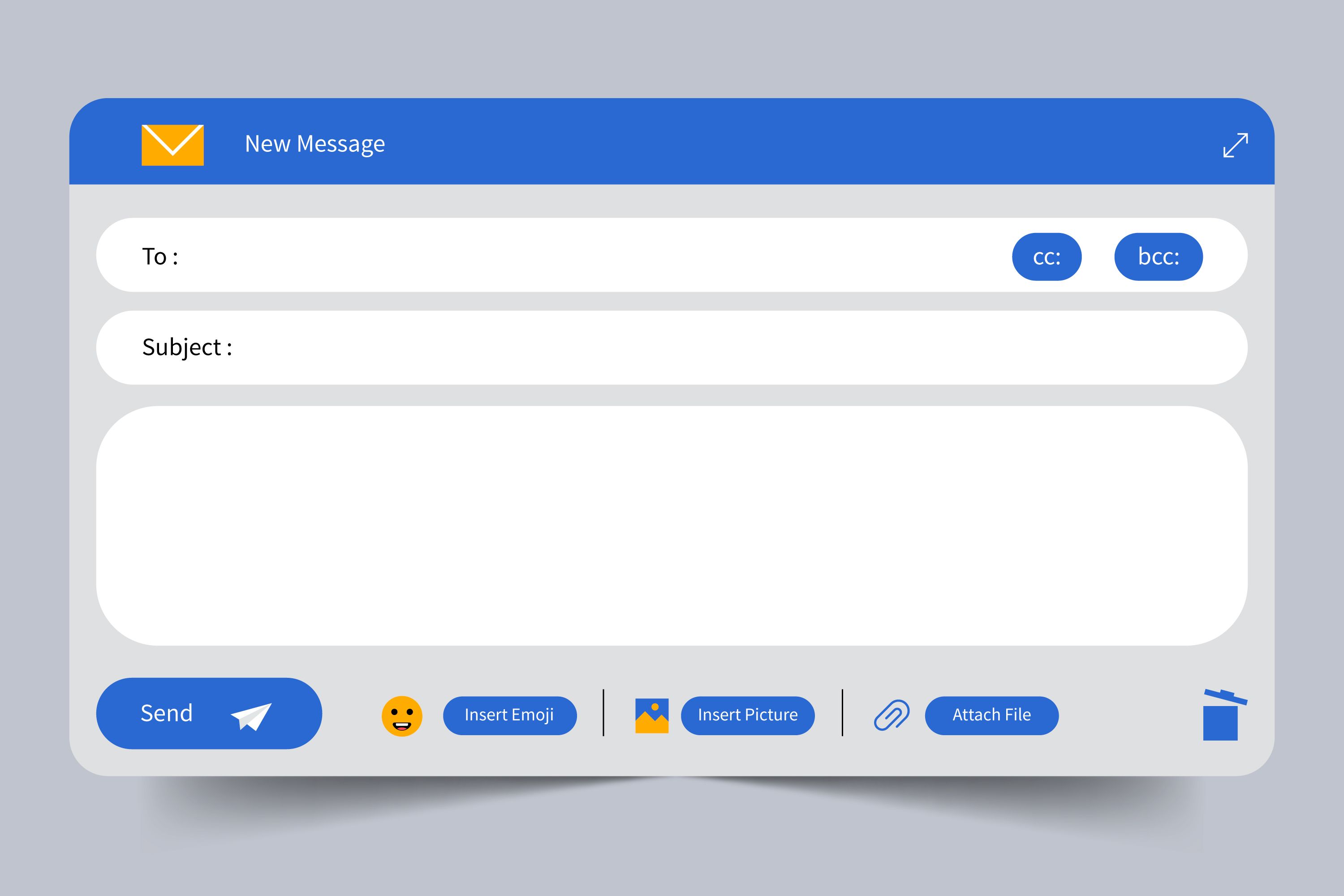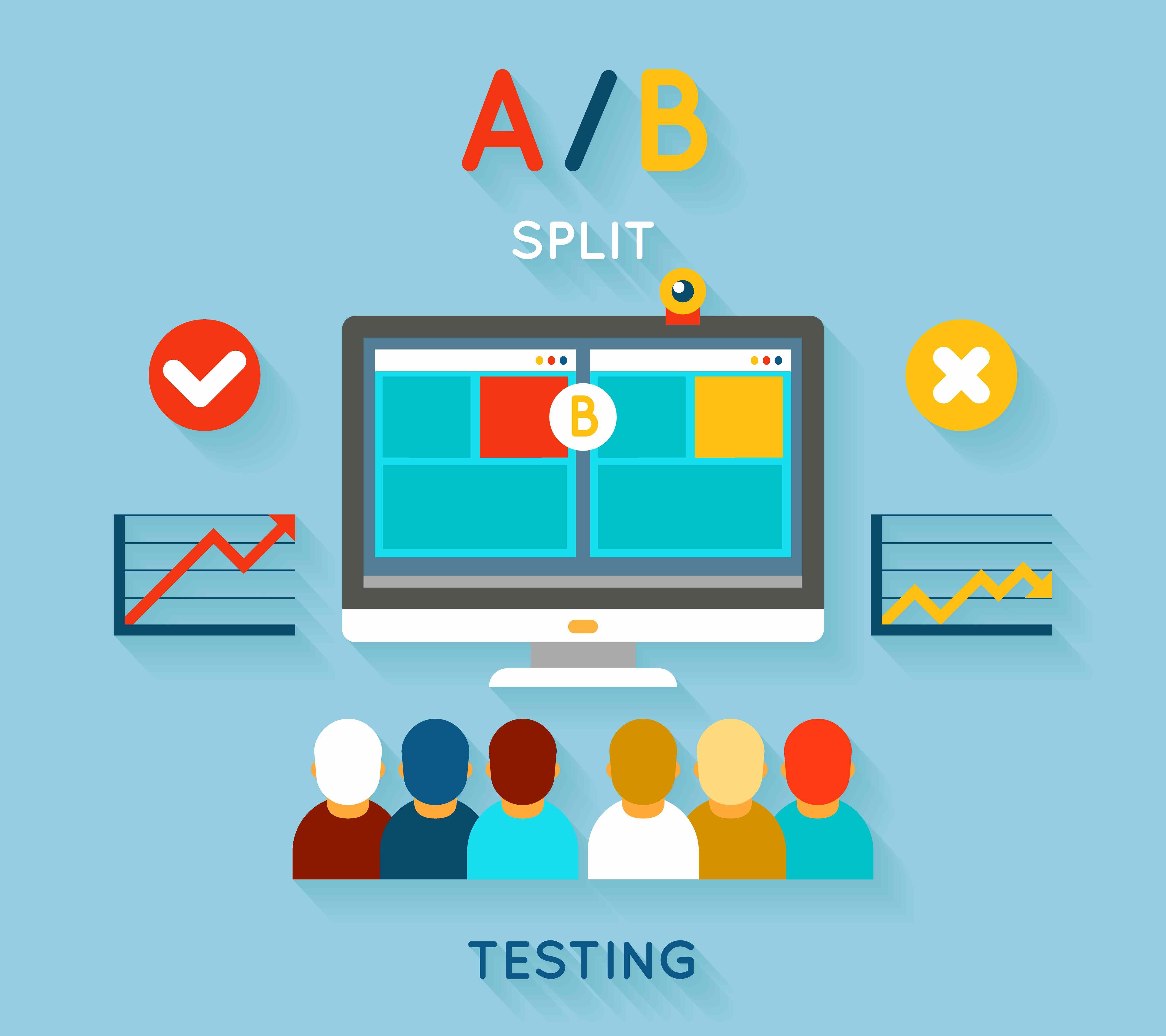In the world of React, Next JS is one of the most popular frameworks for React. Next.js is a simple development environment built on top of React. It has a short learning curve, but even developers new to front-end development can learn it quickly. Therefore, developing a project with Next JS vs React JS is a unique experience. Comparing Next.js vs React, Next.js is a React framework, on the other hand, React is just a JavaScript library.
Introduction
In the world of React, Next JS is one of the most popular frameworks for React. Next.js is a simple development environment built on top of React. It has a short learning curve, but even developers new to front-end development can learn it quickly. Therefore, developing a project with Next JS vs React JS is a unique experience. Comparing Next.js vs React, Next.js is a React framework, on the other hand, React is just a JavaScript library.
What is Next js?
Developed by Vercel, Next.js is open source and JavaScript Framework, allowing you to create fast and user-friendly web applications and static websites using React. In fact, it is based on Node.js and Babel, and it is integrated with React for creating single-page applications. This makes the Server-side simple and easy.
npx create-next-app@latest
What is your project named? my-app
Would you like to use TypeScript? No / Yes
Would you like to use ESLint? No / Yes
Would you like to use Tailwind CSS? No / Yes
Would you like to use `src/` directory? No / Yes
Would you like to use App Router? (recommended) No / Yes
Would you like to customize the default import alias (@/*)? No / Yes
What import alias would you like configured? @/*
Why should I use Next js?
Next.js offers many features, such as static export, preview mode, initial rendering, fast compilation, and automatic building size optimization. In my opinion, the current version of Next.js is what React has been missing for a long time. Next, JS includes all the features you’ll need to build an app. Next.js is a very popular framework for making hybrid web applications.
Key Features of Next js
- Built-in CSS Support:
Next.js permits us to import CSS records from an HTML file. This is possible because Next.js expands the concept of importing past JavaScript.
Nextjs naturally uses styled-jsx for styling by default, so all stylings between tags are separated for each page. In this manner, we don’t need to worry about overriding them.
Styles are being made on both client and server sides so after entering a site we get a legitimate style. Obviously, this arrangement has its benefits and drawbacks yet fortunately in Next.js, it's not hard to set up so styled - jsx isn't needed. We can utilize CSS-in - JS instead and the basic principle is to make use of inline styles.
- Image Component and Image Optimization:
Since version 10.1.0, Next.JS features an inherent Image Component. The Next.JS Image Component is an extension of the HTML component, advanced for the modern web.
The automatic image optimization considers resizing, developing, and serving pictures in a current configuration like WebP when the client upholds it. This attempts not to transport huge images to devices with a smaller viewport, and it likewise enables Next.JS to subsequently embrace future picture formats and convey them to clients supporting those formats.
automatic image optimization works with any picture source, regardless of whether the picture is supported by an external data source, such as a CMS, it can anyway be enhanced. - Static File Serving
Another feature of NextJS is that it can serve files from the root directory (/) as well as any subdirectory. For example, if you create a file named me.jpg in the /public folder, you could access it via public/me.png - Typescript
Next.js gives you a coordinated TypeScript experience right out of the box. You can make a typescript project using create next-applications utilizing the --ts, --typescript flags like so:
npx create-next-app --ts# oryarn create next-app --typescript - Supported Browsers and Features
Next.js supports every cutting-edge browser (IE11, Chrome, Firefox, Safari, Opera) with no necessary design. We straightforwardly infuse polyfills needed for compatibility with IE11. \ \ These polyfills aren’t supposed to be included in the production build to avoid duplicated code. Also, to lessen bundle size, we compare React vs Next.js without loading these polyfills for clients who don't require them. Most web traffic all around the globe doesn’t download these polyfills. - ESLint
Next Js current release 11 gives an integrated ESLinter experience. All you have t do is add next.eslint as a script to your package.json file:
A configuration process will not be provided to those who do not have ESLint configured in their applications yet - Automatic Code Splitting
Pages are basic features in NextJS and they are loaded with simply the libraries and Javascript that they require no more. Rather than having one single JavaScript file containing all the application code. The application is separated naturally by next.js in a few separate assets. \ \ Loading a page merely loads the JavaScript essentials for the specific page. Nextjs does that by dissecting the resources imported.,. If by some stroke of good fortune one of your pages imports axios, for example, that particular page will contain the library for its package.
This ensures your first-page load gets as fast as possible, along with subsequent page loads sending the JavaScript expected to the client. There is one notable exception. As often as possible. Used imports are moved into the primary JavaScript file in case they are used in part to half of the site. - Fast Refresh
Fast Refresh is a next.js feature that gives quick feedback on altars created to your react parts. Fast Refresh is enabled of course in all next.js applications on 9 or more current versions. When you edit a record that exports React component(s), the fast refresh will refresh the code just on that document, and yet once more render your component. \ \ You may change anything in that record, consisting of styles, delivering logic, occasion controllers, or impacts. When you alter a record that doesn’t export React components, the fast refresh will re-run both this document and various records bringing in it - Meta Tags
If you’ve chosen next.js, it means that you’re concerned about the SEO of your app. In addition, everyone who needs to handle website streamlining thinks about how to characterize their own, independent titles, tags, and representations for each page.
Fortunately, there's no problem with describing your own, independent titles, descriptions, and representations for each webpage. The Head component is designed to include them and it’s accessible straight out of the box as an element of Next.js. To import Head from 'next'/head and glue the accompanying code into the render function. - Routing
Next.js is an open-source static site generator built on top of Node.js and Express. It allows developers to build fast, modern apps without worrying about server-side rendering, routing, or state management. With Next.js, we just need to make a record in the pages directory. - Lazy loading
A lazy loading feature in NextJS causes your application's performance to improve. Sometimes the page may set aside efforts to load. The client may abandon your application if the load takes longer than 30 seconds.
The best approach to avoid this is to use some trick to show the user that the page is loading. For example, you can display a spinning wheel. Code splitting or lazy loading is one of the tools that allow you to manage and control slow loading so you only load the essential code on your page. - Layouts
The React model permits developers to deconstruct a page's content into a progression of components, including header, sidebar, main content, and footer. Each component can be reused across multiple pages. For example, you might have a similar navigation bar and footer on every page. - Data Fetching
Now let’s talk a little bit about the three unique NextJS features for data fetching. First off, we’ll start with server-side rendering.
The thing that matters here is when it renders the HTML for a page. Next.js offers two options for pre-rendering: static generation and server-side rendering. For a static generation, the HTML is produced at build-time and will be reused on every request. For server-side rendering, the HTML is produced on each page load. Critically, Next.js lets you choose which pre-rendering method you'd prefer to use per page. You can make a Hybrid app by utilizing static generation for most pages and server-side rendering for others.
Server-side rendering and static site generation with Next JS
React, Angular, and Vue are used to build Single Page Applications (SPA). But they all provide CSR, which means the entire application is rendered client-side by the browser. So, therefore, our first page will take some time to render. So to render our pages much faster, we can use Next.js (Framework for React), which renders our pages server-side and gives us the pre-rendered HTML for our pages.
Two Types of Pre-Rendering
- Server-Side Rendering: HTML is generated on each user request.
- Static Generation (SSG): HTML is generated at build time.
What is Server Side Rendering (SSR)
When a user requests a web page, the server prepares the page by retrieving user-specific data and sending it to the user's machine. The browser then interprets the content and renders the page. The whole process of getting data from the database, creating an HTML page and making it available to the user is known as SSR.
How Next.js helps in SSR
Next.js creates an HTML page at build time and uses minimal JavaScript code to serve the pre-rendered page from the server to the browser. When the browser loads the page, its JavaScript code executes the page and makes it fully interactive. (This process is called hydration)
What is Static Site Generation?
Static generation describes the process of building and rendering a website or application at build time. The output is a set of static files, including the HTML file itself and resources such as JavaScript and CSS. If you haven’t heard of Static Site Generation, but the term sounds familiar, you may have heard of its longer name, Static Site Generation, or its acronym SSG.
Benefits Of Using Next js
In summary, the main advantages of Next.js are:
Better development process Save time and money for our customers
Better performance: Faster application
Better SEO: More indexable applications and SEO
Companies using next js / Nextjs Use Cases
Next js is widely used by the biggest and most famous companies in the world, such as
- Netflix
- Uber
- Starbucks
- Twitch...
and many other big companies see more companies using next js in this list It is also considered one of the fastest growing React frameworks and is ideal for managing static websites, the hottest topic in web development these days.
Next js Examples
See a list of Next js examples projects here
Want to Develop a Static, Dynamic, or Hybrid Site in Next js?
If your requirement is to develop a static site or a dynamic site or a hybrid site or a single-page application, then NextJs is the right choice.
Harness the power of Next Js to build server-side apps that can be coupled with any framework on the front end. We work with companies of all sizes and have extensive experience designing, developing, and delivering global solutions.
As a comprehensive organization that designs, develops, and delivers web solutions, we use the latest web technologies, methodologies, and best practices. As a market leader in web/mobile app development, we are the perfect partner for developing fast, secure, scalable, and highly engaging apps.
Hire us! to Create powerful game-changing applications. Let's work together!






